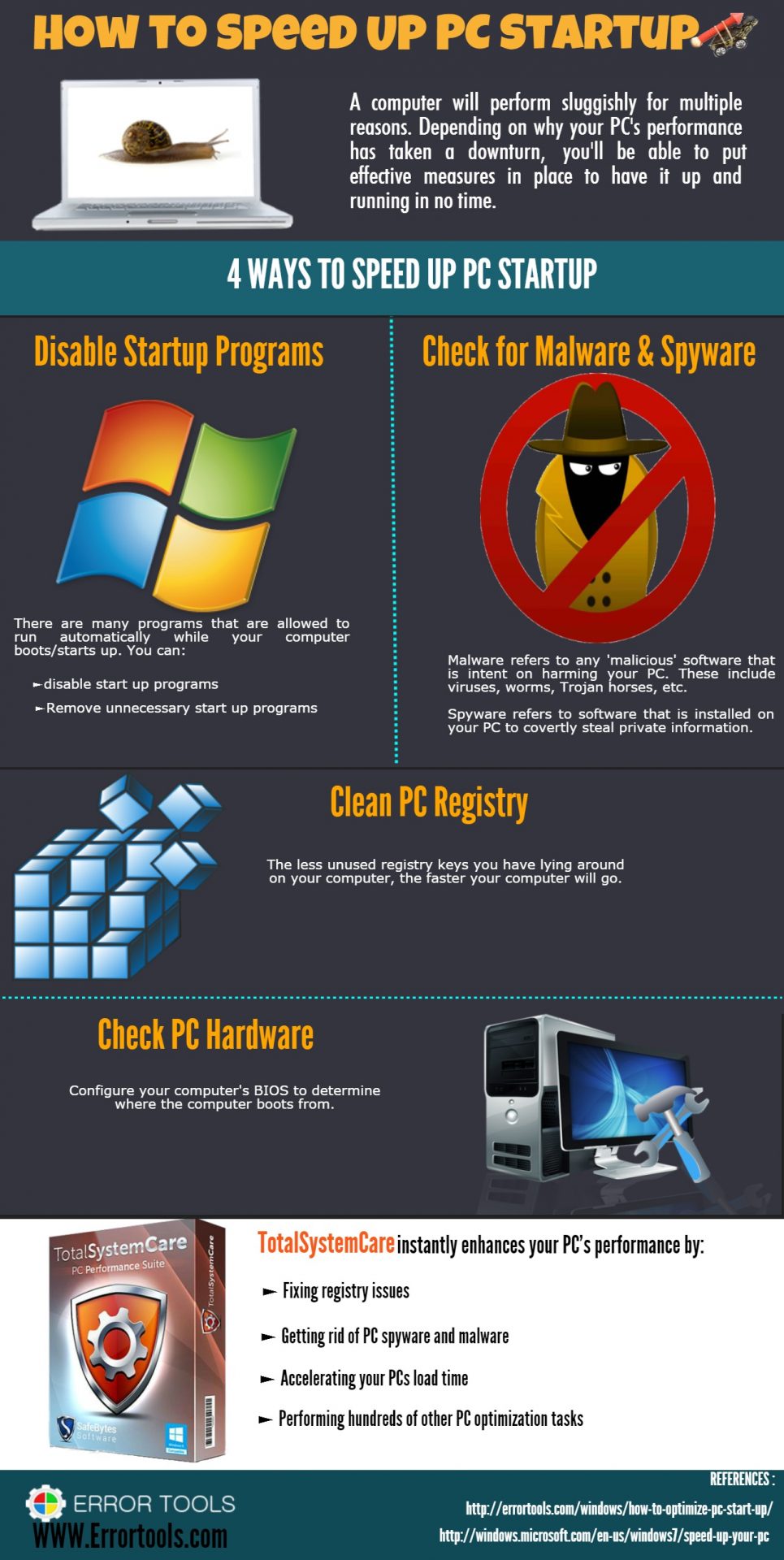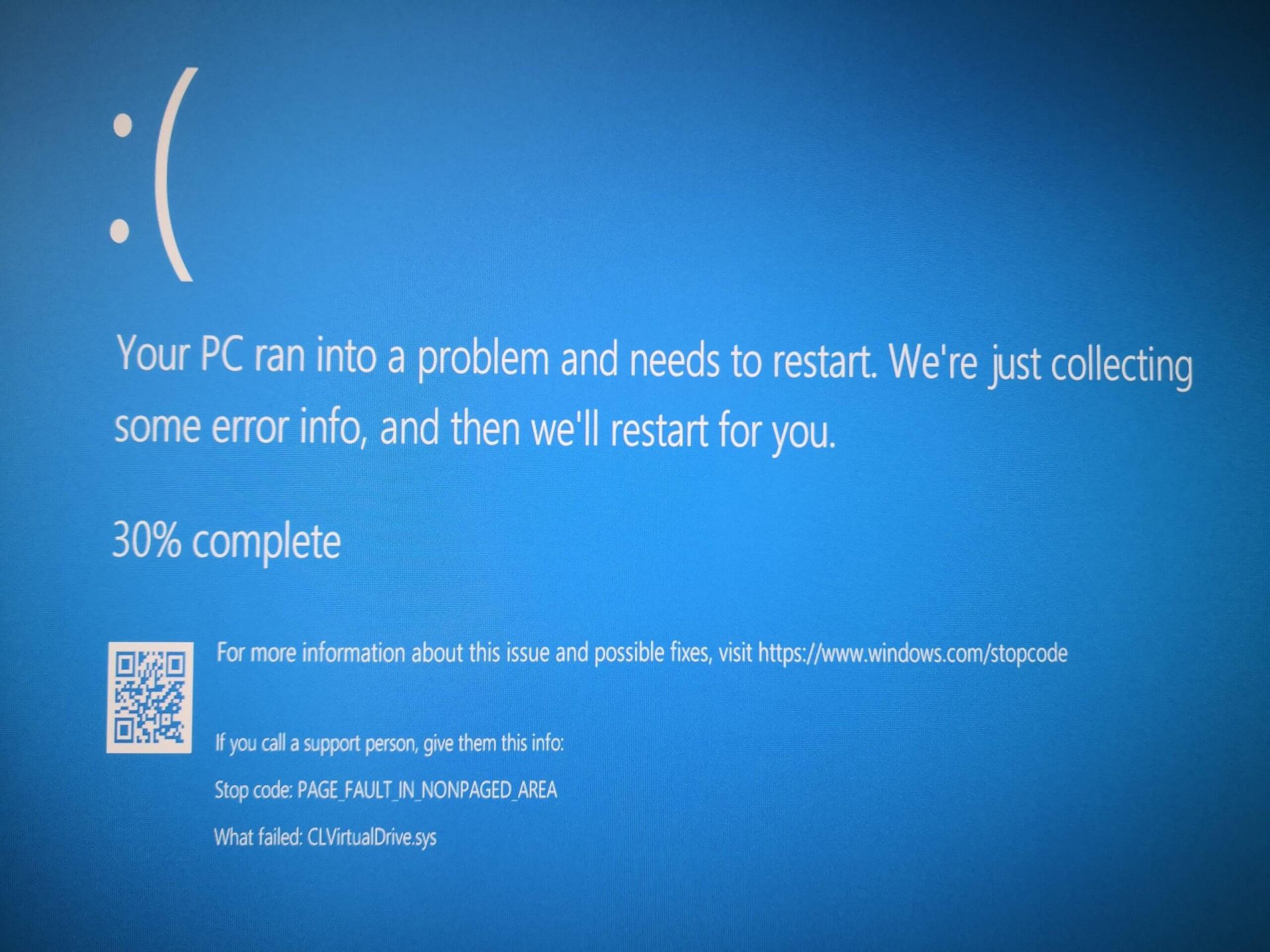What is error 0x800ccc17?
This is a typical Outlook Express error code. Outlook Express is email software by Microsoft. This error may pop up when sending or receiving emails on your Outlook Express.
It cancels email sending and receiving operations. In other others, the 0x800ccc17 error code hampers your email communication via Outlook Express account.
This error message is displayed in the following format:
0x800CCC17 - User cancelled operation
Solution
 Error Causes
Error Causes
0x800ccc17 error code may appear on your PC due to multiple reasons. These include:
- Issues with Pop3uid.dbx file (this file supports Outlook Express software on Windows Vista)
- Viral infection
- Registry corruption
No matter what the underlying reason for this error code may be, it is advisable to resolve the issue right away without any delay. This error may cause great deal of inconvenience.
It may lower your office productivity badly especially if you interact and communicate with people of other office departments via your Outlook Express account.
Further Information and Manual Repair
Here are some of the best and efficient do-it-yourself methods to resolve the 0x800ccc17 error code on your system. These methods are very easy to work around and do not require any kind of technical expertise.
Method 1 - Restart Your PC
Sometimes this might error can be resolved by simply rebooting your system. So, restart your PC and try using your Outlook Express account again. If it works, the error is resolved. However, if it persists then try other methods given below.
Method 2 - Rename pop3uid.dbx File on Your System
If the underlying cause of error 0x800ccc17 is related to pop3uid.dbx file damage, then simply rename it to resolve. This can be done by searching for the file pop3uid.dbx.
After locating it rename it to ‘pop3uid.bak’. Now reopen Outlook Express and try sending or receiving emails again. If the operations are executed successfully then the error is resolved.
Method 3 - Remove Viruses
Viruses can infect your PC without you knowing about it. These malicious programs usually enter your system through phishing emails and file downloads.
If the error 0x800ccc17 is triggered due to viral infection then it is advisable to install a powerful antivirus and remove all viruses from your PC.
Method 4 - Repair the Registry
If you don’t clean the registry frequently it fills up with unnecessary and obsolete files like junk files, cookies, internet history, and bad registry entries. These files then corrupt and damage the registry thereby generating codes like error 0x800ccc17.
To resolve this, you first need to remove all these unnecessary files and repair the registry. Though this can be done manually if you are not technically sound, it may be time-consuming and slightly tricky.
Therefore it is advisable to
download Restoro. This is a powerful registry cleaner that wipes away all obsolete files instantly, cleans the registry, and repairs it in seconds.
Click here to download Restoro and fix error 0x800ccc17 on your PC today.


 Rollback using system restore
Rollback using system restore
